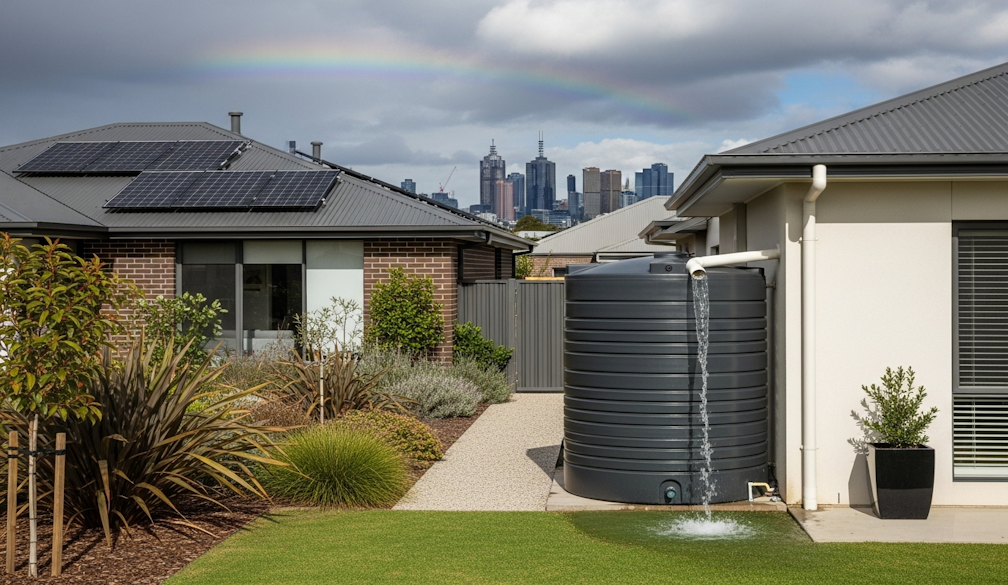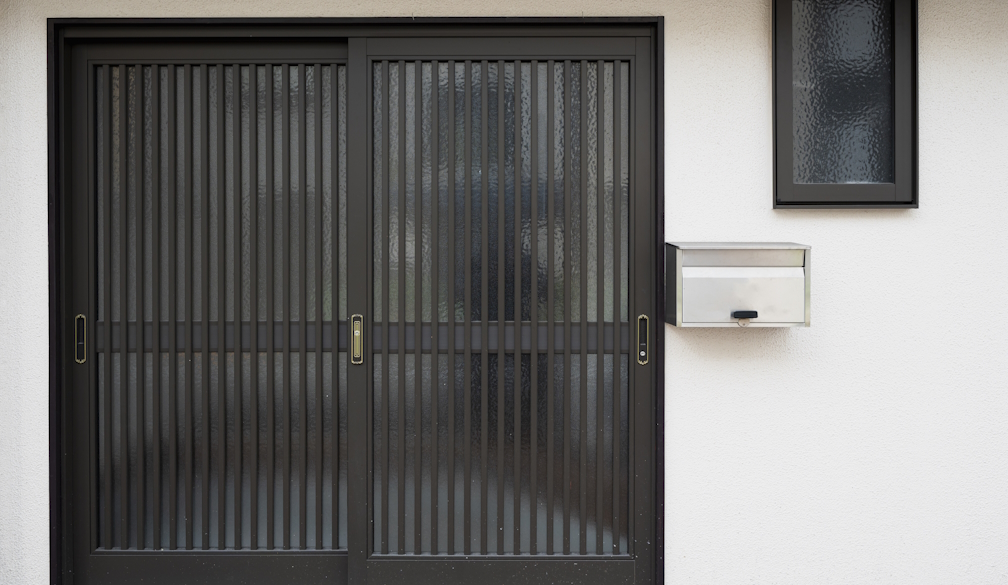Why we need to take food education in Australian schools more seriously
- Written by Tony Worsley, Chair In Behavioural Nutrition, Deakin University
This article is part of a series focusing on the politics of food – what we eat, how our views of food are changing and why it matters from a cultural and political standpoint.
Schools are expected to do a lot of important things. We frequently hear calls for schools to make children job-ready, help drive economic innovation, provide them with greater literacy and numeracy skills, maintain social cohesion and fairness through anti-bullying and gender equity programs, prevent obesity and promote students’ mental health. And much more. So what is happening about food in secondary schools?
The renewal of interest in food issues
In recent years, there has been a renewal of interest in food education, particularly in secondary schools. This is partly encouraged by celebrity chef television shows, the surge in obesity, growing unease about our environmental impacts, and the diverse, multicultural nature of contemporary Australian food. This range of interests is reflected in what is being taught in Australian schools.
The renewed interest is seen among various international innovations. One example is compulsory cooking programs in English and Welsh schools. These programs require students to develop an enjoyable meal repertoire consistent with the UK dietary recommendations, and sustainably source school food.
Food skills like cooking are taught in the technologies stream of the curriculum. from www.shutterstock.comAn associated venture is the Food Teachers’ Centre in London. This provides in-school professional development for food teachers.
How is food education taught in Australian secondary schools?
The current Australian curriculum splits food education into two streams: the health and physical education (HPE) stream and the design and technologies stream. Nutrition principles are taught in the HPE stream and food skills (such as cooking) are taught in the technologies stream. If a school is fortunate enough to have a year 7 or year 8 home economics course, the two streams may be combined in the one course.
The duration of food education courses in secondary schools varies a lot, from none to one or two hours a week, often for a year or less. At senior levels (years 11 and 12) elective subjects are offered in the various states and territories such as Food Technology or the new food studies curriculum in Victoria.
Research with home economics teachers in Queensland and elsewhere in Australia suggests time and resources are often inadequate for teaching the diverse knowledge and skills associated with food.
Read more: Poor nutrition can put children at higher risk of mental illness
Aspects of food may be taught in science (such as food chemistry) or in humanities (such as cultural foods and environmental issues) or in PE. But most food education happens in home economics, and contrary to many people’s opinions, it is alive and well in many parts of Australia.
Food education takes place in preschools, primary schools and secondary schools, though in different ways and to different degrees. Programs like the kitchen garden scheme have been well received.
Many teachers deal with food, in all its aspects, across the school years. These include activities like growing food in school gardens, cooking it, analysing its nutritional properties and environmental impacts, exploring local farms, shops and food markets, taking part in BBQ or Masterchef style competitions and catering for schools and Fair Food Universities.
Research in secondary food education
A growing evidence base, mainly in the US, Canada, western Europe and Australia suggests food literacy and skills education programs lead to greater confidence in performing practical food skills, such as planning and preparing meals, interpreting food labels, basic food safety, food regulations. This, in turn, is associated with healthier dietary choices.
Australian research in this area has grown strongly over the past ten years. It has provided evidence for the establishment of several food literacy frameworks with focuses on food gatekeepers and families as well as broader environmental aspects of food systems.
Understanding how to read food labels can help people make healthier choices. from www.shutterstock.comRecent research has shown many secondary school food teachers tend to favour practical domestic skills and associated knowledge. They express less interest in broader historic, social, environmental and ethical issues. Food and health professionals remain strongly supportive of food education – especially for acquiring practical skills – as does the general public.
Our recent work has also examined the views of parents and recent school leavers who live independently. Although they hold a broad spectrum of opinions, around two thirds see food education as an important life skills subject. Most think it should be compulsory for between one and three hours per week in each of years 7 to 10. These views contrast sharply with the priorities of most secondary schools.
Current and future challenges
Food education in Australian secondary schools is now facing several challenges. These challenges are related to changes in population health status, changing food patterns, food technologies, food and beverage marketing and environmental impacts.
The fundamental question is: Does it meet the present and future life needs of students and their families? At present, food education tends to be patchy, with some emphasis on students’ acquisition of food preparation skills but lesser coverage of environmental and social issues, marketing practices or family dynamics.
Read more: Breakfast actually boosts children's school grades, our new study suggests
Possible solutions include providing more intensive education about food in university teacher education programs and continuing professional education for food teachers. These teachers also need more adequate timetable allocations and resources.
A comprehensive food education framework from pre-school to senior secondary school is required to prevent repetition and reinforce skills learned in the early years. This has begun in the UK and in the RefreshED program in Western Australia. A more focused curriculum across all years of education is required. This should be accompanied by continuing evaluation of the impact of food education on students, their families and the wider population.
Tony Worsley has received funding from The Australian Research Council and Meat and Livestock Australia. He was a member of the Executive Council of the International Federation of Home Economics between 2012 and 2016.
Janandani Nanayakkara and Melissa Burton do not work for, consult, own shares in or receive funding from any company or organization that would benefit from this article, and have disclosed no relevant affiliations beyond their academic appointment.
Authors: Tony Worsley, Chair In Behavioural Nutrition, Deakin University





















